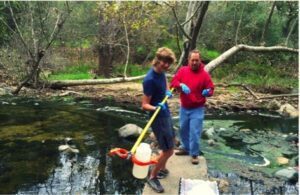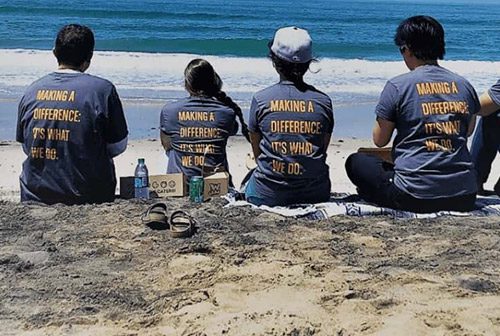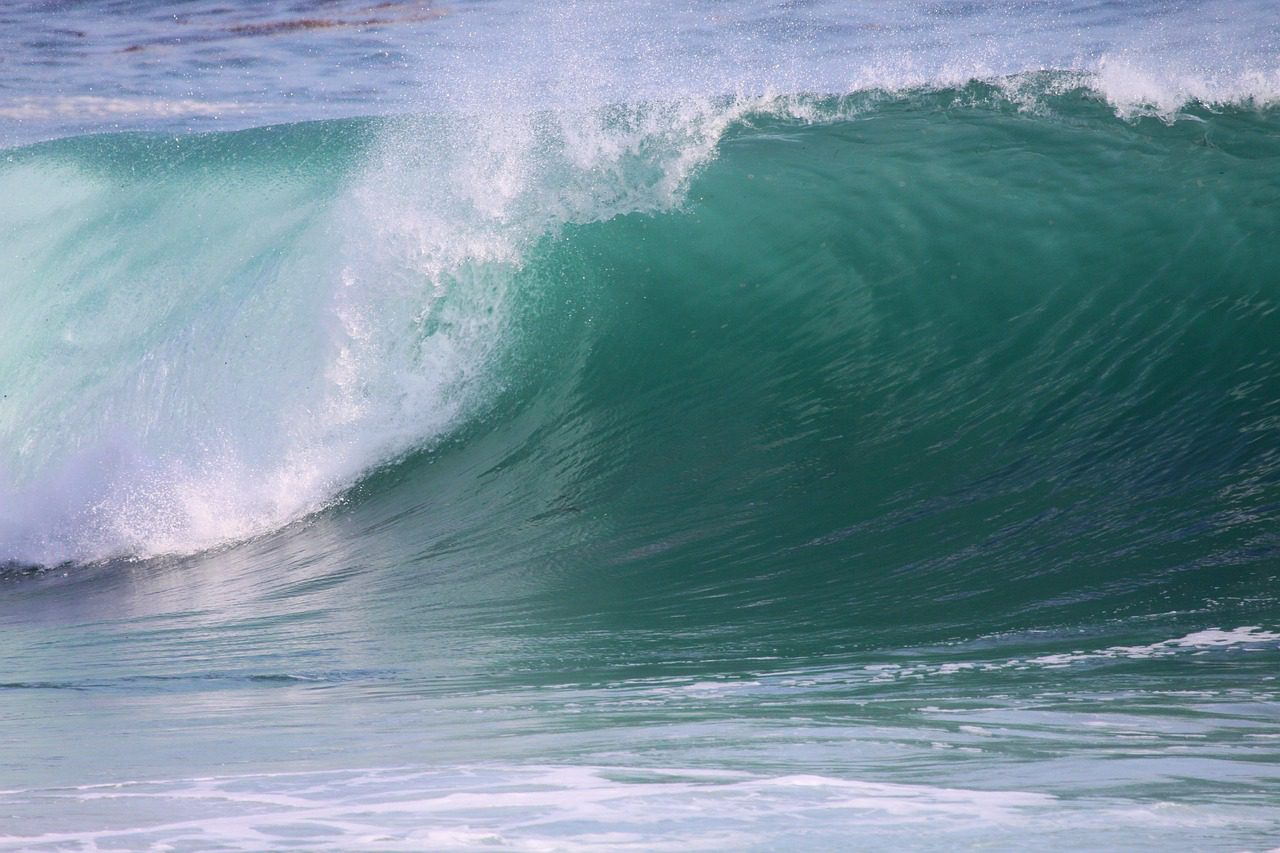 We have laws in place to limit industrial pollution and ensure that our water can support all of its uses, from swimming and fishing to hosting endangered wildlife. But without enforcement, these regulations cannot keep our water healthy. That’s where San Diego Coastkeeper comes in.
We have laws in place to limit industrial pollution and ensure that our water can support all of its uses, from swimming and fishing to hosting endangered wildlife. But without enforcement, these regulations cannot keep our water healthy. That’s where San Diego Coastkeeper comes in.
Urban runoff is the single biggest threat to water quality in San Diego. During the dry season, pollutants build up on hard surfaces like roads and parking lots. When it rains, stormwater pushes the accumulated pollutants into our storm drains. In San Diego, like most of California, our storm drains generally do not connect to wastewater treatment plants, so everything flows untreated into our waters. Pollutants created by industries, like metals and oils, are especially serious because they can be toxic in very low concentrations.
The Clean Water Act is a federal law that lays out the legal requirement for protecting, maintaining and improving the health of our water bodies. It is our most powerful tool for making sure San Diego’s water is healthy because it mandates that all states identify creeks, rivers and shorelines that are severely impaired by pollution.
Unfortunately, state and local regulators often don’t review water quality reports or conduct monitoring to make sure that industries are meeting Clean Water Act standards. San Diego Coastkeeper steps up to make sure that industries are doing everything they can to reduce pollution to our rivers and beaches. We review water quality reports, but that’s only the first step.
San Diego’s local government agencies have limited resources and they monitor infrequently, providing only a snapshot of water quality. To solve this problem, San Diego Coastkeeper also conducts our own monitoring to ensure compliance of clean water rules. We collect and analyze water samples from nine out of 11 watersheds in San Diego County every month. To ensure that our data meets the highest quality standards possible, Coastkeeper follows a rigorous quality assurance and control plan and standard operating procedures that have been approved by our state regulatory agencies. Sounds like a big job, right? That’s why we train over 100 volunteers each year and rely on them to help.
When we find polluting facilities, we use the Clean Water Act to bring them into compliance through enforcement actions. Our goal is to force industry operators to install and use best management practices that will meaningfully reduce pollutants in our waterways.
Want to see what kind of report card your local watershed is getting? Click here to explore a map of the most recent data we have for locations from Otay to Carlsbad.















